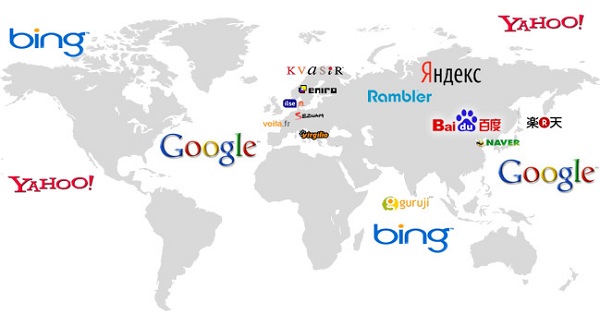Understanding the Cybercrime Index
Ever wondered which countries are the hotspots for cybercriminal activities? Well, wonder no more! The Cybercrime Index is here to shed light on the global cyber threat scene. Developed by the University of Oxford and UNSW in collaboration with the European Union-supported CRIMGOV project, this index ranks countries based on their cybercrime capabilities and activities.
| Topic | Details |
|---|---|
| Key Findings | Russia, Ukraine, and China lead in cybercrime. The index ranks countries based on their cybercrime capabilities and activities. |
| Top Ten Nations | The top ten nations identified include Russia, Ukraine, China, USA, Nigeria, Romania, North Korea, UK, Brazil, and India. |
| Insights from Experts | Insights from 92 leading global experts in cybercrime intelligence and investigations contribute to the index. |
| Categories Assessed | Countries are evaluated in five major categories: technical products/services, attacks and extortion, data/identity theft, scams, and cashing out/money laundering. |
| Implications | The index facilitates future research into cybercrime hotspots and aids in early interventions to mitigate cyber threats. |
The Top Contenders: Russia, Ukraine, and China
According to the Cybercrime Index, Russia, Ukraine, and China lead the pack as the primary hubs for cybercriminal activities globally. These countries have been identified by experts as posing the most significant cyber threats. But what exactly makes them stand out in the cybercrime arena?
Key Findings and Insights
Let’s delve deeper into the findings of this groundbreaking study:
Top Ten Nations on the Radar
- Russia
- Ukraine
- China
- USA
- Nigeria
- Romania
- North Korea
- UK
- Brazil
- India

These nations have been ranked based on factors like the impact, professionalism, and technical skill of their cybercriminals across various categories of cybercrime.
Insights from Cybercrime Experts
The Cybercrime Index isn’t just another list. It’s backed by insights from 92 leading global experts in cybercrime intelligence and investigations. These experts have provided valuable inputs, helping to paint a clearer picture of the cyber threat landscape.
Categories of Cybercrime
The Cybercrime Index assesses countries based on their performance in five major categories of cybercrime:
- Technical Products/Services
- Attacks and Extortion
- Data/Identity Theft
- Scams
- Cashing Out/Money Laundering
Each category plays a crucial role in understanding the overall cyber threat posed by a country.

Exploring the Implications and Future Research
Unraveling the Cybercrime Puzzle
The Cybercrime Index doesn’t just rank countries; it opens the door to further research into the underlying causes of cybercrime hotspots. By mapping out the current landscape of global cybercrime, researchers can identify trends and potential interventions to mitigate cyber threats.
Early Interventions and Risk Mitigation
One of the significant advantages of the Cybercrime Index is its ability to identify emerging hotspots early on. This proactive approach allows for targeted interventions in at-risk countries before cybercrime problems escalate.
Empowering Global Cybersecurity Efforts
As cyber threats continue to evolve, tools like the Cybercrime Index become indispensable for international cybersecurity efforts. By pinpointing areas of concern, policymakers and cybersecurity professionals can allocate resources more effectively.
FAQs
1. What criteria are used to rank countries in the Cybercrime Index?
The Cybercrime Index considers factors such as the impact, professionalism, and technical skill of cybercriminals across various categories of cybercrime, including attacks, scams, and data theft.
2. How are the rankings in the Cybercrime Index determined?
Rankings in the Cybercrime Index are determined through surveys and inputs from 92 leading global experts in cybercrime intelligence and investigations.
3. Can the Cybercrime Index predict future cyber threats?
While the Cybercrime Index provides valuable insights into current cyber threat landscapes, its ongoing data collection efforts aim to identify emerging hotspots and potential interventions to mitigate future threats.
4. How can the Cybercrime Index help in global cybersecurity efforts?
The Cybercrime Index serves as a tool for policymakers and cybersecurity professionals to allocate resources effectively by identifying areas of concern and focusing interventions where they are most needed.
5. Is the Cybercrime Index a one-time study, or will it be updated regularly?
The Cybercrime Index is an ongoing project, with continuous data collection efforts aimed at providing up-to-date insights into the evolving landscape of global cyber threats.









